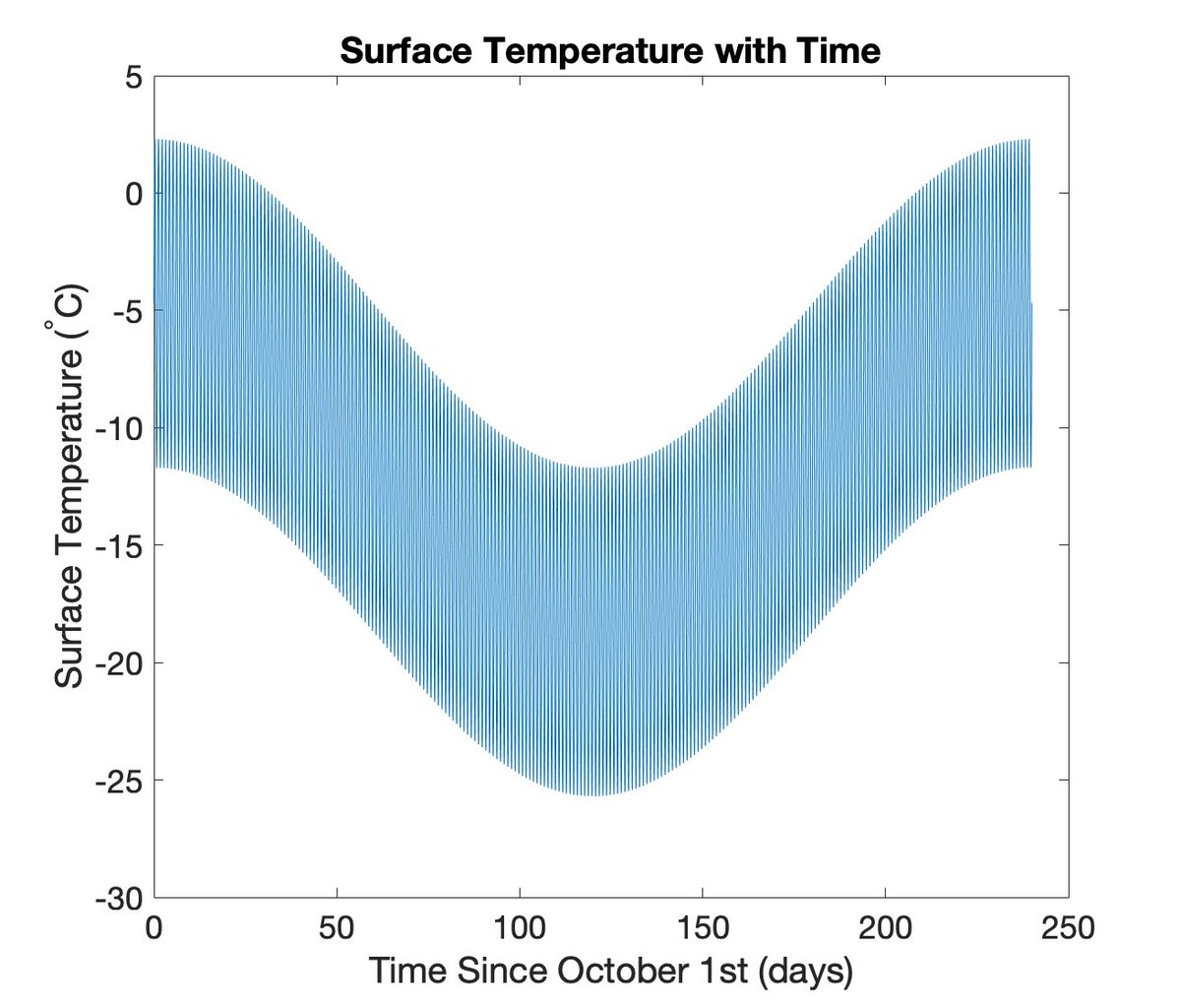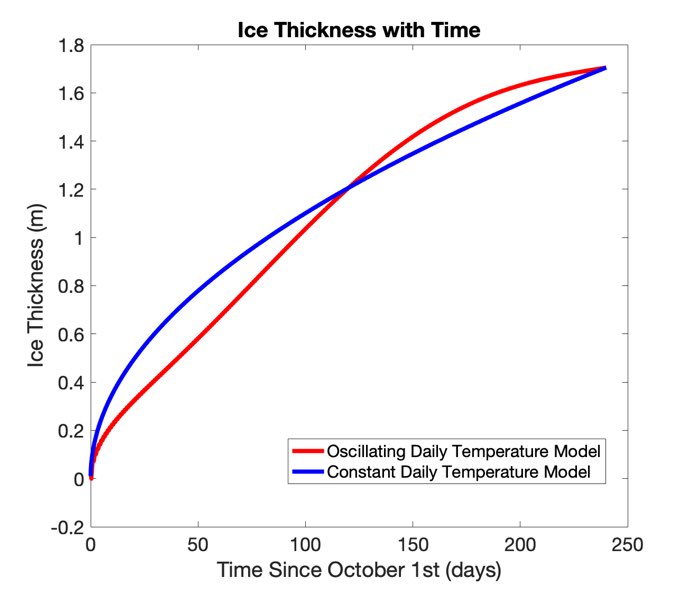Really frustrated to read this CNN article and the study that it is based on. Seems to be a fundamental misunderstanding of what beaver ponds are and are not. They are not the same as big arctic lakes. The study includes no actual measurements of permafrost degradation. 1/n https://twitter.com/CNN/status/1277859680090456065
It’s 100% possible, and likely, that large beaver ponds that are not freezing thru in winter are accelerating permafrost degradation. I’m not arguing w/ that. Degradation happens when water bodies don’t freeze thru in winter & keep relatively warm water on the land surface. 2/n
But the study doesn’t measure pond depth. Or dam height. Or actual changes in permafrost structure/hydrology. They just measure number of beaver dams and pond surface area over time. They accurately showed that beavers are moving into the arctic. 3/n
But it doesn’t show how many of those ponds are staying unfrozen year round. Primary dams tend to be taller than secondary dams, and time to freeze thru depends on water depth. Beavers don’t want their primary pond freezing, but are less concerned with secondary ponds. 4/n
In a typical landscape, 80-85% of dams are going to be secondary dams. Shorter dams. Shallower ponds. These will probably freeze thru in the high arctic! There are simple 1D models for lake ice thickness to see how long it takes to freeze to a given depth for a given climate. 5/n
Plugging in the climate for the study area and modeling it as a sinusoid, you can see how many days it take to freeze different pond depths. 6/n
The output of the model shows that it will only take around 75 days for the secondary ponds (dam height around 0.75m average) to freeze through, vs 175-200 days for the primary ponds (dam height around 1.5m avg) to freeze through. That is a big difference. 7/n
If this is the case, only 15%-20% of arctic beaver ponds are playing a significant role in permafrost degradation. 80%-85% are behaving more like shallow wetlands that go through freeze thaw cycles just like the active layer of permafrost does. 8/n
This doesn’t even get into an alternative to beaver dams in the thawing arctic - free flowing streams. If the permafrost is thawing, excess water will drain off and form creeks and rivers. These drain away water, and can leave the surrounding soil dry and flammable. 9/n
Know what releases a huge amount of greenhouse gasses? Wildfire in the arctic. Maybe the beavers are helping by keeping the ground wet even during summer. Maybe not. We don’t know without collecting the relevant data. 11/n
Additionally, beavers have been in the arctic off and on for millions of years. They are native to the arctic. This isn’t novel colonization. It isn’t like the beavers in Patagonia. That’s not a fair comparison. 13/n
In summary: yes, we need to study beavers in the arctic. Yes, their large primary ponds may be accelerating permafrost degradation.
But this stort neglects the bigger picture of how beavers fit into our warming world and tries to shift the blame. 14/n
But this stort neglects the bigger picture of how beavers fit into our warming world and tries to shift the blame. 14/n
Humans warmed the arctic. We heated it until the tundra ecosystem shifted to support beaver. That’s on us. Beavers used to live up on Ellesmere Island when climate was warmer. They’ll head back up again given the chance. They didn’t cause this, they’re just adapting to it. end/n
Missed using numbers 10 and 12 in my tweet thread. If you’re looking for them, they don’t exist. Just got too fired up about beavs and messed up the numbering.

 Read on Twitter
Read on Twitter



